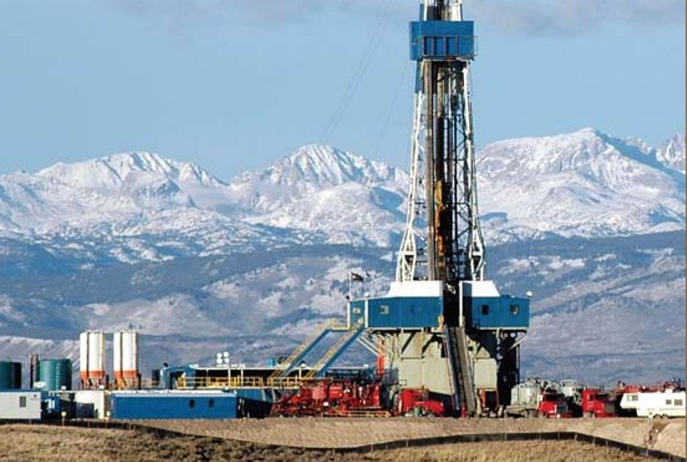Photo courtesy of the Pinedale, Wyoming, field office of the Bureau of Land Management.
Last week, the Sierra Club joined over 60 national, regional, and state-based environmental organizations in urging EPA Administrator Gina McCarthy to take strong and immediate action to fight methane pollution from the oil and gas industry. Direct methane standards for this sector are critical in the fight to combat climate change, to protect the health and welfare of the many communities affected by the rapid expansion of oil and gas development, and to minimize waste of scarce resources.
Methane (CH4), an odorless and invisible hydrocarbon, is the primary component of natural gas. As a driver of climate change, methane is 86 times more powerful than carbon dioxide during the time it remains in the atmosphere and accounts for about 10 percent of domestic greenhouse gas emissions. High concentrations of methane also accelerate the formation of ground-level ozone. This dangerous pollutant is the major constituent of smog and can damage lung and cardiovascular health—sometimes fatally.
In the United States, the oil and gas industry is responsible for the single largest share of methane pollution, emitting over 8 million metric tons last year. These emissions occur across all segments of the gas industry, from initial production through final distribution, due to both intentional venting by system operators and unintentional leaks at pipelines, compressors, tanks, and other pieces of equipment. Moreover, methane is often found at hydraulically fractured oil wells, and operators frequently vent those hydrocarbons rather than capture them for processing and eventual sale as natural gas.
The Sierra Club and our partners in the environmental, labor, and public health communities have pushed federal regulators for several years to control methane emissions from the oil and gas industry. Not only would federal methane standards help curb harmful climate-altering pollution and reduce ozone formation, they would limit other dangerous pollutants that are emitted from those same sources, including smog- and soot-forming volatile organic compounds (VOC) and air toxins such as benzene. These protections are critical to curb the effects of climate change and to safeguard public health in communities with heavy oil and gas development.
While previous EPA standards for oil and gas infrastructure have controlled methane only indirectly, the White House unveiled in January a plan to curb methane emissions from oil and gas that would include direct regulations for new and modified infrastructure. The plan would also include guidelines for existing sources in areas with heightened levels of smog, rules to minimize waste of natural gas on federal lands, and voluntary emission reduction programs. All told, the White House hopes to cut methane emissions from the oil and gas sector by 40 to 45 percent from 2012 levels by 2025.
The government's plan represents an important step forward in the fight against methane pollution. However, any rule or set of rules will not be adequate unless it fulfills the following three criteria:
- First, the EPA must follow through on its commitment to regulate methane emissions from the oil and gas industry directly. Previous EPA regulations targeting VOC emissions have reduced methane indirectly, but these are half-measures that do not go far enough. The only acceptable way to tackle the problem is through direct methane standards.
- Second, EPA's rules must cover all of the sources in the oil and gas sector that were studied in a series of white papers the agency published in the summer of 2014, and must extend to all segments of the industry, from production through distribution.
- Finally, the EPA must regulate not only new and modified sources, but existing infrastructure as well. President Obama has committed internationally to domestic greenhouse gas reductions of 26 to 28 percent by 2025, and this goal is impossible unless methane emissions from oil and gas sources are cut by 40 to 45 percent over the next decade. Yet regulations for new sources are only a small part of the puzzle: over 90 percent of emissions will come from equipment that currently exists, and these sources must be regulated if the administration intends to meet its climate goals.
In the months ahead, we will continue to advocate for these principles in anticipation of a proposed rule from the EPA. Regulations that meet these criteria would provide a win not only on the environment and on public health, but on the economics as well. Let's hope the EPA hears us loud and clear and moves forward with strong rules this summer.
